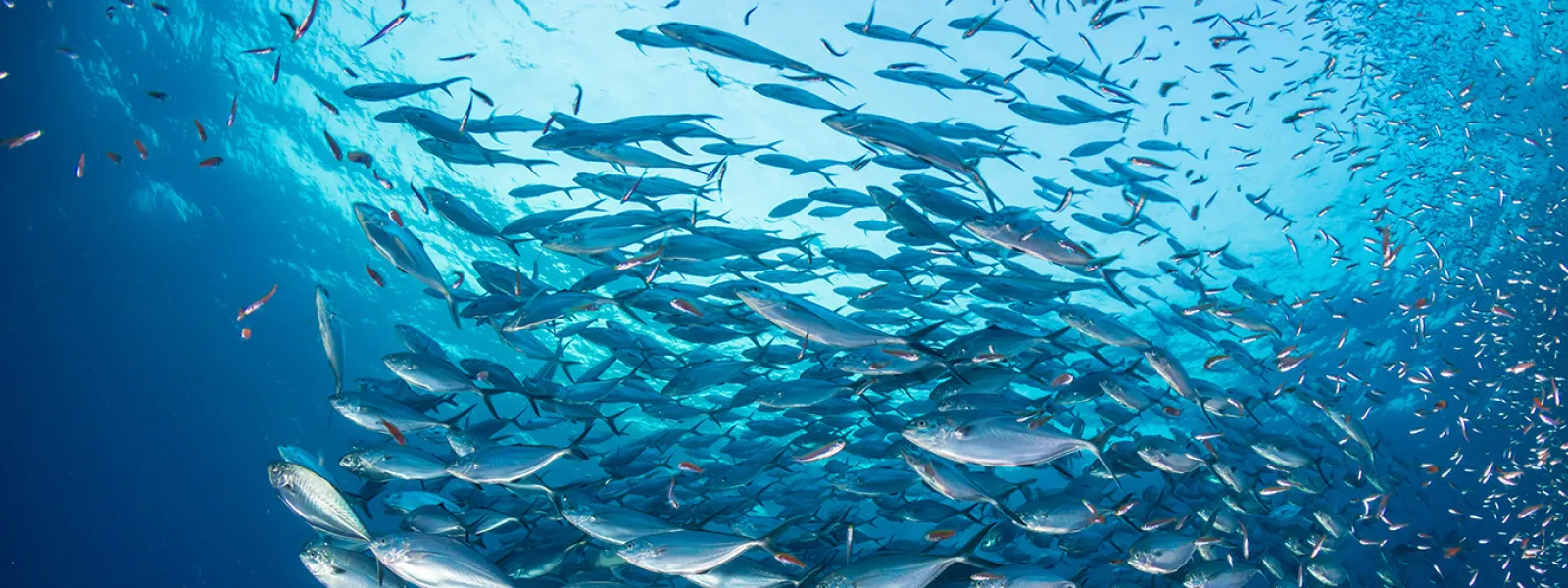
Project
ShutterstockTowards an end to subsidies that promote overfishing
Overfishing is one of the main problems for the health of our ocean. And the provision of negative subsidies to the fishing sector is one of the fundamental causes of overfishing.
Fishing subsidies are financial contributions, direct or indirect, that public entities grant to the industry.
Depending on their impacts, they can be beneficial when they promote the growth of fish stocks through conservation and fishery resource management tools. And they are considered negative or detrimental when they promote overfishing with support for, for example, increasing the catch capacity of a fishing fleet.
It is estimated that every year, governments spend approximately 22 billion dollars in negative subsidies to compensate costs for fuel, fishing gear and vessel improvements, among others.
Recent data show that, as a result of this support, 63% of fish stocks worldwide must be rebuilt and 34% are fished at "biologically unsustainable" levels.
Although negotiations on fisheries subsidies, within the framework of the World Trade Organization, officially began in 2001, it was not until the 2017 WTO Ministerial Conference that countries committed to taking action to reach an agreement.
This finally happened in June 2022, when member countries of the World Trade Organization reached, after more than two decades, a binding agreement to curb some harmful fisheries subsidies. It represents a fundamental step toward achieving the effective management of our fisheries resources, as well as toward ensuring global food security and the livelihoods of coastal communities.
The agreement reached at the 12th WTO Ministerial Conference provides for the creation of a global framework to reduce subsidies for illegal, unreported and unregulated fishing; subsidies for fishing overexploited stocks; and subsidies for vessels fishing on the unregulated high seas. It also includes measures aimed at greater transparency and accountability in the way governments support their fisheries sector.
The countries agreed to continue negotiating rules to curb other harmful subsidies, such as those that promote fishing in other countries' waters, overfishing and the overcapacity of a fleet to catch more fish than is sustainable.
If we want to have abundant and healthy fishery resources, it is time to change the way we have conceived fishing until now. We must focus our efforts on creating models of fishery use that allow for long-term conservation.
Partners:
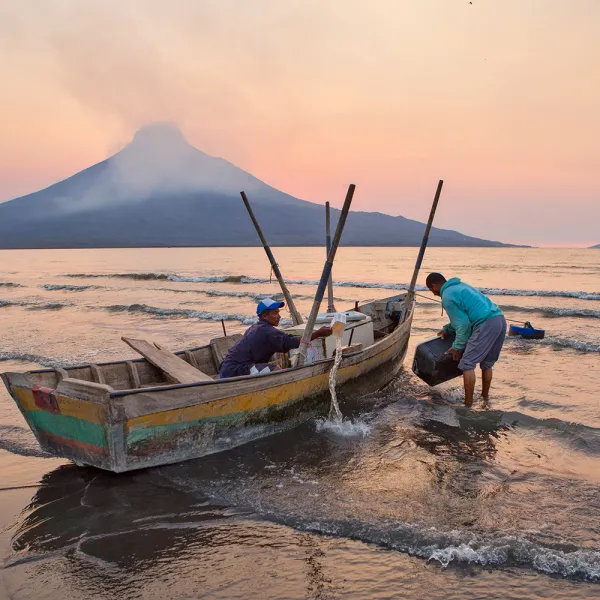
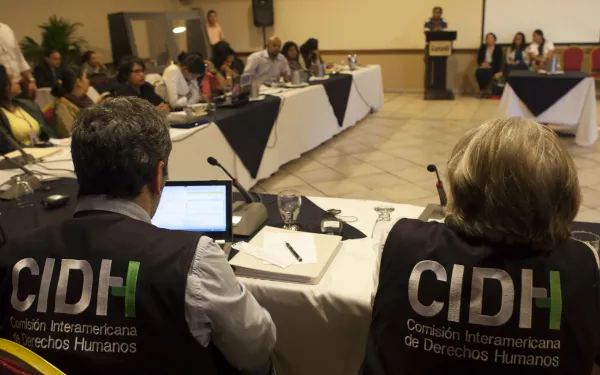
Statement of AIDA, APRODEH and Justiça Global on the financial crisis affecting the Inter-American Commission on Human Rights (IACHR)
The organizations decry the affront to human rights in the region and urges members of the Organization of American States to fulfill their responsibility to adequately fund the Commission. Washington, DC, USA. The Inter-American Commission on Human Rights (IACHR) announced yesterday that a grave financial crisis has led to the suspension of site visits, the cancellation of hearings, and the imminent loss of 40 percent of its staff. The Commission is an autonomous organ of the Organization of American States (OAS). Its mandate is to promote the protection of human rights on the American continent. Together with the Inter-American Court on Human Rights, it forms the Inter-American System for the Protection of Human Rights, which is often the last hope for people and communities whose human rights have been violated and who have failed to find justice in their own country. The Commission called upon OAS Member States to provide funds promised for its operation, and to adopt “a historic and far-reaching decision, one that reflects the States’ commitment to the defense of human rights in the region” at the General Assembly in June. In response to this urgent situation, the Interamerican Association for Environmental Defense (AIDA), the Asociación Pro Derechos Humanos (APRODEH) from Peru and Justiça Global from Brazil, stated: “The imminent loss of nearly half the Commission’s staff is a serious threat to human rights in the region and reflects the lack of political will of Member States to support the Inter-American Commission’s mandate. “Thousands of victims of human rights violations in the hemisphere have placed their trust and their last hopes for justice in the Commission. This is the case for people poisoned by heavy metals in La Oroya, Peru, as well as for communities that have lost their way of life due to the Belo Monte Dam in Brazil. Both groups have cases long pending before the Commission, and bravely continue to seek justice for the violation of their rights. “By not properly financing an organization that they themselves created, the States are establishing another obstacle for these people in their search for justice. “We call on Member States of the OAS to make a voluntary emergency contribution that will allow the Commission to keep its staff, make its planned visits, and undertake the hearings planned for July and October. “The States of the region have a responsibility to the Inter-American System. It is our hope that they honor it, not through speeches and resolutions filled with good intentions, but with concrete actions and immediate financing.”
Read more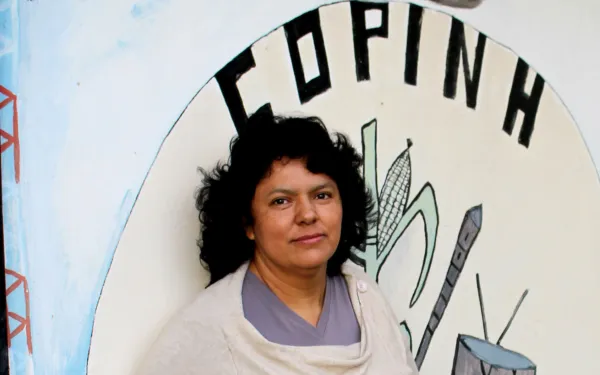
Correspondence with the World Bank Regarding Berta Cáceres and Large Dams
On May 11th, more than 300 organizations from around the world sent a letter to Dr. Jim Yong Kim, President of the World Bank, to respond to a statement he made during an event at the Union Theological Seminary in New York. In response to a question about the impacts of large dam projects as illustrated by the murder of Berta Cáceres in Honduras he stated, among other things, that “you cannot do the work we’re trying to do and not have some of these ‘incidents’ happen.” The organizations signing this letter consider these statements from the World Bank President unacceptable and urge him to immediately rectify his actions and make a public apology. Dr. Kim’s statement is available on video (minute 53). CONSULT the letter sent to the World Bank President in ENGLISH and SPANISH. On May 11th, the World Bank responded to the letter from organizations in a public brief on Honduras and indigenous peoples, which can be found on their website. On May 13th, a drafting committee from the coalition of organizations answered the World Bank, taking note of the President's condemnation of the murder of Berta Cáceres. The also noted that the reference the President of the World Bank made to the grave human rights violations caused by dams, such a involuntary displacement, is worrying and must be addressed. They reiterated the existence of alternatives to large hydroelectric projects and the need to implement such solutions. The organizations concluded: "In honor of your commitment to “hear the voices of the Berta Caceres of the world” we look forward to the World Bank Group moving towards energy alternatives that are respectful of the human rights of people and communities; that are more efficient, less expensive and actually respectful of the planet. That is the main way to achieve real prosperity for all."
Read more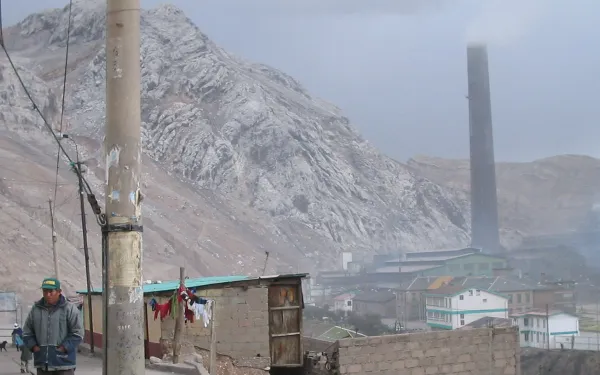
IACHR urges Peru to protect 14 additional people affected by pollution in La Oroya
The Commission did so by extending the precautionary measures originally granted in 2007. The decision arrives six years after it was requested, and confirms the severity of health deterioration in La Oroya. It also confirms that the life and integrity of affected people are at risk, and require urgent and adequate protection by the Peruvian State. Washington DC, USA. The Inter-American Commission on Human Rights (IACHR) urged the Peruvian government to protect the life and integrity of 14 additional people affected by toxic pollution in the city of La Oroya. They join the 65 people already protected by precautionary measures granted by the international body in 2007. The decision reaffirms that the health of the beneficiaries has deteriorated severely, they continue to be at risk, and their government must provide prompt and adequate care. The Interamerican Association of Environmental Defense (AIDA)—together with the Asociación Pro Derechos Humanos (APRODEH), the Centro de Derechos Humanos y Ambiente (CEDHA) and Earthjustice—represents the victims who benefit from the precautionary measures before the Commission. We express our satisfaction with the Commission’s decision, which arrives six years after it was originally requested. A metal smelter operated by Doe Run Peru is the source of the heavy metal contamination in La Oroya. The Commission has established that the lack of integral and specialized medical care, as well as health deterioration over time, could affect the right to life and integrity of the beneficiaries of the precautionary measures, which now number 79. “The extension of the precautionary measures reaffirms the urgent and serious situation threatening the life and integrity of the people of La Oroya. We hope the State fully complies with the provisions in favor of all of the beneficiaries, providing them with adequate and specialized medical attention,” said María José Veramendi Villa, AIDA attorney. The Commission’s decision states that the government of Peru must conduct the medical evaluations necessary to determine the levels of lead, cadmium and arsenic in the blood of affected people, in order to provide them with appropriate medical care, in accordance with international standards. The government must also report on the actions taken to investigate the facts that led to the extension of the precautionary measures, in order to avoid their repetition. Our case on the human rights violations committed against the affected people remains pending the final decision of the Commission. AIDA and APRODEH expect that the report will hold the Peruvian government responsible for said violations.
Read more